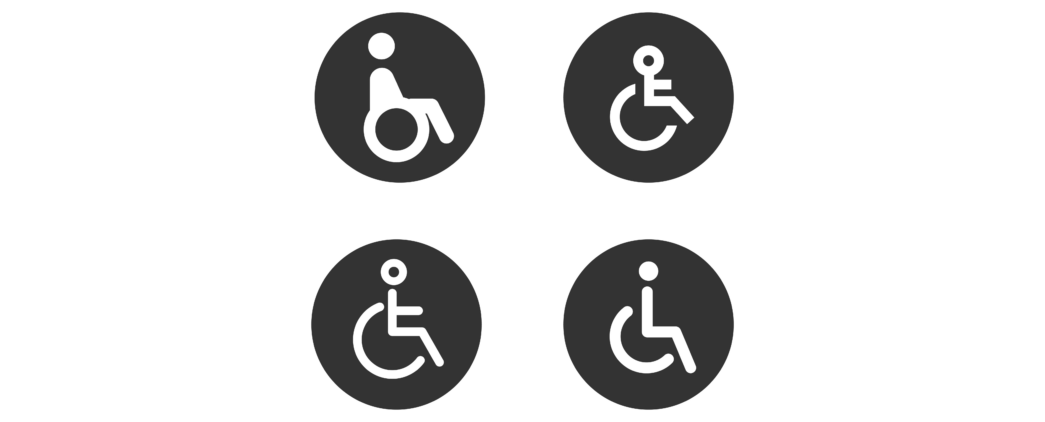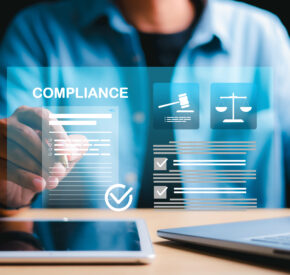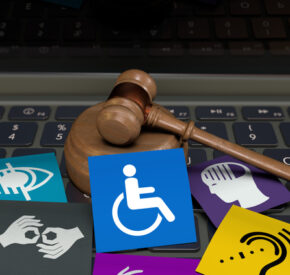Evolving Digital Accessibility Best Practices
Moving towards an inclusion-based approach to digital accessibility

Starting out on your digital accessibility journey can be overwhelming. It definitely was for me back in 2017. I was working as a user experience strategist at a small design agency. I got curious about how the websites I designed worked for people with disabilities. The answer? Not very well. I found out there was a whole world of guidelines and best practices that I wasn’t following. I felt stressed and behind. Most of the information I found about digital accessibility was for developers. I tried to quickly get up to speed on how to make my design work more accessible.
Today, the digital accessibility world looks different. I’ve recently stepped back into it after spending 2 years pursuing other projects. I’m excited by what’s changed in my time away.
Digital accessibility is a must-do, not a nice-to-have
Until a few years ago, many companies viewed digital accessibility as a nice feature rather than a requirement. This has changed. Businesses now know that building a digital product needs to meet Web Content Accessibility Guidelines (WCAG) standards. This is true for websites, mobile apps, digital documents, and other digital media. Recent lawsuits have motivated firms to act. But there’s also a greater understanding that access is a human right. This change resembles the shift towards responsive web design in the late 2010s.
Everyone on your team is involved in accessibility
Digital accessibility used to be handled by developers. Engineers often had to “retrofit” designs to make them accessible, which was frustrating and costly. Now, everyone—from copywriters to designers to product managers—is involved in making digital products accessible. This change is sometimes called “shift left.” In particular, user experience and visual designers play a critical role in accounting for the needs of disabled users in page structures and product flows.
Tools like Stark and WAVE are available to support the whole team.
Content makes or breaks accessibility
There’s a new focus on the importance of content in accessibility. Clear, plain language is essential for accessible digital products. This ranges from a company’s website to its social media presence. Clear headings, titles, page structures, alt tags, and alt text for images make a site accessible for screen reader users. Incorporating alt text and captions on social media ensures that blind and D/deaf users can access the same information. Simple content means more people can access and read your information. This is especially helpful when considering device type, Internet connection speed, or circumstance.
Good grammar and spelling, along with an appropriate reading level, are all part of digital accessibility. Hemingway and Grammarly are two great tools that help content creators address these concerns.
Automated and manual testing are better together
Technology alone can’t guarantee an accessible digital product. A human-centered process is always best. Engineers have relied on automated testing for years to catch accessibility errors. However, more companies are investing in manual testing, especially testing with disabled people. It may take time to test for content clarity, keyboard accessibility, and screen reader accessibility with real people. But it makes for a better product. Testing directly with people who use assistive technology (AT) is valuable because people use AT differently. I’m excited by this move to bring more disabled people into the product process.
So what’s next in accessibility?
I’d like to see our industry move past a “checklist” approach to accessibility and towards a focus on inclusion. The WCAG guidelines are an essential tool for ensuring digital products work for disabled people and for standardizing our industry. However, inclusion allows us to think more broadly. With inclusion, we can factor in how to make technology more accessible. This includes considering access to devices and Internet connectivity, language fluency, and education level. I’m hopeful that we’ll move towards a simplified, holistic approach.
Want to learn more about digital accessibility testing? The Tamman team combines best practices in automated and manual testing. We work with assistive technology users who make sure your digital product meets WCAG guidelines and is usable for everyone. Contact us today to get started.
—
Embry Owen is a Tamman partner and contributor. As a community organizer, writer, and designer, she works to make public services and digital spaces more accessible for all. She brings her lived experience and perspective to the Tamman team.




